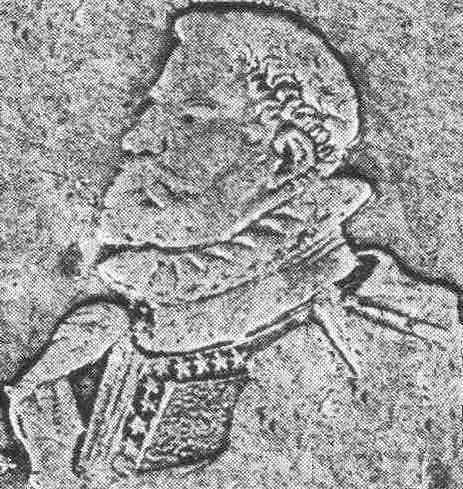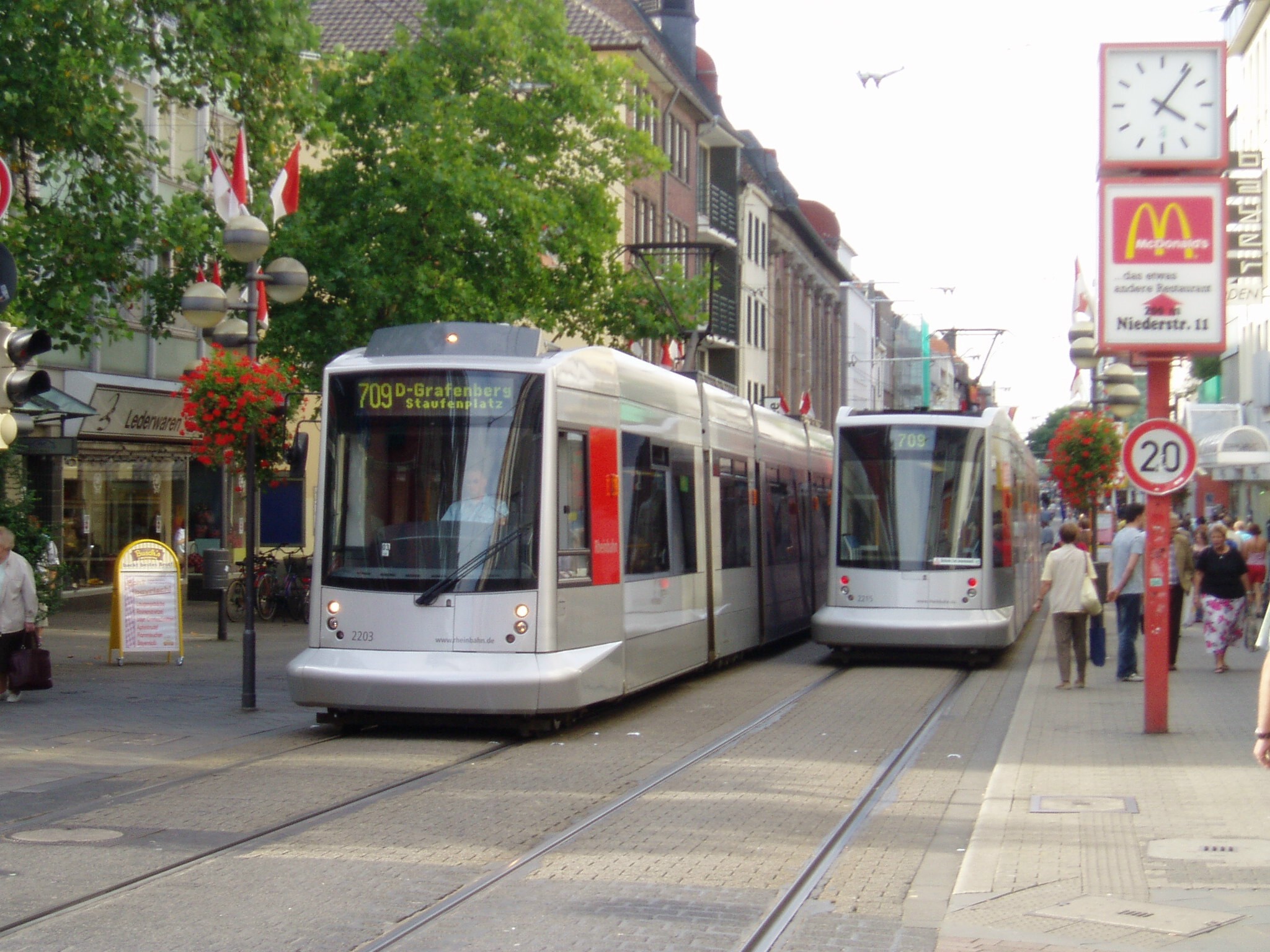|
Henry IV Of Sayn
Henry IV of Sayn (german: Heinrich IV. von Sayn), Lord of Homburg, Montclair and Meinsberg (1539 – 17 January 1606) was the last Count of Sayn-Sayn and the last male heir of the Sayn-Sponheim family. Henry was born in 1539, the middle one of the three sons of Count John V of Sayn and Elisabeth of Holstein-Schauenburg, and became a clergyman at the request of his father. Initially a canon (''Domherr''), from 1565 he became cathedral dean (''Domdechant'') of Cologne under Archbishops Frederick IV of Wied and Salentin of Isenburg. After the death of his uncle, Count Sebastian II who had ruled the County of Sayn together with Henry's brother, Hermann of Sayn, he inherited the county, which was located north of the River Sieg, with the castle of Freusburg as his residence in 1573. This was also connected with his conversion to Protestantism under the Wittenberg Reformation, which Sebastian and Hermann had introduced to their lands after a long delay in 1561. Soon afterwa ... [...More Info...] [...Related Items...] OR: [Wikipedia] [Google] [Baidu] |
Heinrich IV
Henry IV may refer to: People * Henry IV, Holy Roman Emperor (1050–1106), King of the Romans and Holy Roman Emperor * Henry IV, Duke of Limburg (1195–1247) * Henry IV, Duke of Brabant (1251/1252–1272) * Henryk IV Probus (c. 1258–1290), Duke of Wrocław * Henry IV, Count of Bar (1315/20–1344) * Heinrich IV Dusemer von Arfberg (died 1353), 21st Grand Master of the Teutonic Knights * Henry IV, Prince of Anhalt-Bernburg (died 1374) * Henry IV of England (1367–1413), King of England and Lord of Ireland * Henry IV, Count of Holstein-Rendsburg (1397–1427) * Henry IV, Duke of Mecklenburg (1417–1477) * Henry IV of Castile (1425–1474), King of Castile, nicknamed the Impotent * Henry IV of Neuhaus (1442–1507) * Henry IV, Duke of Brunswick-Lüneburg (1463–1514), Prince of Wolfenbüttel, nicknamed Henry the Elder or Henry the Evil * Henry IV, Duke of Saxony (1473–1541) * Henry IV, Burgrave of Plauen (1510–1554) * Henry IV of Sayn (1539–1606), cathedral dean and ... [...More Info...] [...Related Items...] OR: [Wikipedia] [Google] [Baidu] |
Neuss
Neuss (; spelled ''Neuß'' until 1968; li, Nüss ; la, Novaesium) is a city in North Rhine-Westphalia, Germany. It is located on the west bank of the Rhine opposite Düsseldorf. Neuss is the largest city within the Rhein-Kreis Neuss district. It is primarily known for its historic Roman sites, as well as the annual Neusser Bürger-Schützenfest. Neuss and Trier share the title of "Germany's oldest city"; and in 1984 Neuss celebrated the 2000th anniversary of its founding in 16 BCE. History Ancient Rome Neuss was founded by the Romans in 16 BC as a military fortification (''castrum'') with the current city to the north of the castrum, at the confluence of the rivers Rhine and Erft, with the name of Novaesium. Legio XVI Gallica ("Gallic 16th Legion") of the Roman army was stationed here in 43-70 AD. It was disbanded after surrendering during the Batavian rebellion (AD 70). Later a civil settlement was founded in the area of today's centre of the town during the 1st ... [...More Info...] [...Related Items...] OR: [Wikipedia] [Google] [Baidu] |
Oriel Window
An oriel window is a form of bay window which protrudes from the main wall of a building but does not reach to the ground. Supported by corbels, brackets, or similar cantilevers, an oriel window is most commonly found projecting from an upper floor but is also sometimes used on the ground floor. Oriel windows are seen in Arab architecture in the form of mashrabiya and in Turkish are known as ''şahnişin'' or ''cumba''. In Islamic culture, these windows and balconies project from the street-front of a house, providing an area in which women could peer out and see the activities below while remaining invisible. Origins According to the ''Oxford English Dictionary'', the term ''oriel'' is derived from Anglo-Norman ' and Late Latin ', both meaning "gallery" or "porch", perhaps from Classical Latin ' ("curtain"). * Oriel College, Oxford, took its name from a balcony or oriel window forming a feature of a building which occupied the site the college now stands on. * Oriel C ... [...More Info...] [...Related Items...] OR: [Wikipedia] [Google] [Baidu] |
Freusburg Castle
The Freusburg is a castle high above the Sieg Valley, which also gives its name to a village (Freusburg Siedlung). It lies between Mudersbach and Kirchen and has belonged since 1969 to the town of Kirchen. Before that, Freusburg was a self-governing municipality. In earlier times the location had its own court of justice. Freusburg was first mentioned in the year 913, under the name "Fruodeesbraderofanc" (Bifanc of Fruodberg). "Bifanc" signifies a court holding or lord's headquarters. The first documented citation dates from the year 1048. The castle itself is believed to have been built around 1100. It was first mentioned by name in connection with the division of an estate in 1247. About 1580, Count Henry IV renovated the castle. In 1896, it came into the possession of the Prussian Forstfiskus, and served for years as a forest house. The castle and grounds have been used since 1928 as a youth hostel. Over time, modifications to keep up with the times became necessary. ... [...More Info...] [...Related Items...] OR: [Wikipedia] [Google] [Baidu] |
Hachenburg
Hachenburg is a town in the Westerwaldkreis in Rhineland-Palatinate, Germany. Geography The town lies in the Westerwald between Koblenz and Siegen, roughly 10 km west of Bad Marienberg on the river Nister. Hachenburg is the administrative seat of the ''Verbandsgemeinde'' of Hachenburg, a kind of collective municipality (See ''Verbandsgemeinde''). History The castle and the town The castle (''Schloss''), former seat of the Counts of Sayn, was founded about 1180 by Count Heinrich II of Sayn. Building was finished in 1212 under Count Heinrich III, the founder's son, who was also mentioned as the town's and the castle's first owner. At the same time, under the Count's overlordship, came the building of the neighbouring Marienstatt Cistercian Monastery. In 1314, Hachenburg, whose name comes from a castle hill protected by thornbushes, was granted town rights. The original settlement lay not on the 390-m-high castle hill, but rather some 1.5 km away in the dale about 100 ... [...More Info...] [...Related Items...] OR: [Wikipedia] [Google] [Baidu] |
Sayn Castle
The ruins of Sayn Castle (german: Burg Sayn), the 12th century family castle of the counts of Sayn and Sayn-Wittgenstein, are in Sayn, part of the borough of Bendorf on the Rhine, between Koblenz and Neuwied in the county of Mayen-Koblenz in the German state of Rhineland-Palatinate. Location The ruins of the spur castle lie on the Kehrberg, a hill ridge about 110 metres long and 40 metres wide, in the foothills of the Westerwald, between the valleys of the Brexbach and Saynbach. Below the ruins, the village of Sayn stretches away to the south. At the foot of the castle hill is Schloss Sayn, a Baroque building dating to 1757. Between the ''schloss'' and Sayn Castle there are two former castellan residences: the 15th century ''Mittlere Burghaus'', which is joined to the castle by a wall, and the 14th century ''Von Steinschen Sitz'' (''Stein Castle'') of the lords of Stein from Nassau. Further east along the ridge there is the predecessor of Sayn Castle, the ''Alte Burg'' (� ... [...More Info...] [...Related Items...] OR: [Wikipedia] [Google] [Baidu] |
Prelates
A prelate () is a high-ranking member of the Christian clergy who is an ordinary or who ranks in precedence with ordinaries. The word derives from the Latin , the past participle of , which means 'carry before', 'be set above or over' or 'prefer'; hence, a prelate is one set over others. The archetypal prelate is a bishop, whose prelature is his particular church. All other prelates, including the regular prelates such as abbots and major superiors, are based upon this original model of prelacy. Related terminology In a general sense, a "prelate" in the Roman Catholic Church and other Christian churches is a bishop or other ecclesiastical person who possesses ordinary authority of a jurisdiction, i.e., of a diocese or similar jurisdiction, e.g., ordinariates, apostolic vicariates/ exarchates, or territorial abbacies. It equally applies to cardinals, who enjoy a kind of "co-governance" of the church as the most senior ecclesiastical advisers and moral representatives of the ... [...More Info...] [...Related Items...] OR: [Wikipedia] [Google] [Baidu] |
Sayn-Wittgenstein-Sayn
Sayn-Wittgenstein-Sayn was a county of Rhineland-Palatinate, Germany, comprising the lands of the region of Sayn. It was created as a partition of Sayn-Wittgenstein in 1607, although it was not until the next year that it obtained fully the Countship of Sayn. The succession was never clear, leading to the annexation of the county in 1623 by the Archbishop of Cologne. It was not until a treaty in 1648 (at the end of the Thirty Years' War) that it was decided the county would pass to the sisters Ernestine and Johanette of Sayn-Wittgenstein-Sayn, under the regency of their mother Countess Louise Juliane von Erbach (1603–1670). They partitioned the county into Sayn-Wittgenstein-Sayn-Altenkirchen and Sayn-Wittgenstein-Hachenburg Sayn-Wittgenstein-Hachenburg (sometimes called Sayn-Hachenburg) was a German County located in Rhineland-Palatinate, near the river Sieg. When Count William III of Sayn-Wittgenstein-Sayn died in 1623 without clear heirs, the Archbishop of Col ... s ... [...More Info...] [...Related Items...] OR: [Wikipedia] [Google] [Baidu] |
Continental Reformed Church
Continental Reformed Protestantism is a part of the Calvinist tradition within Protestantism that traces its origin in the European continent. Prominent subgroups are the Dutch Reformed, the Swiss Reformed, the French Reformed ( Huguenots), the Hungarian Reformed, and the Waldensian Church in Italy. The term is used to distinguish these churches from Presbyterian, Congregational or other Calvinist churches, which can trace their origin to the British Isles or elsewhere in the world. Continental Reformed churches are descended from the Protestant Reformation in countries on the European mainland. Notably, their theology is largely derived from the Swiss Reformation, as Switzerland (specifically Geneva and Zürich) was a base for the most influential Reformed theologians of the era. It was inaugurated by Huldrych Zwingli, who formulated the first expression of the Reformed faith. Swiss Reformation was more fully articulated by Martin Bucer, Heinrich Bullinger and John Ca ... [...More Info...] [...Related Items...] OR: [Wikipedia] [Google] [Baidu] |
Sayn-Wittgenstein
Sayn-Wittgenstein was a county of medieval Germany, located in the Sauerland of eastern North Rhine-Westphalia. History Sayn-Wittgenstein was created when Count Salentin of Sayn-Homburg, a member of the House of Sponheim, married the heiress Countess Adelaide of Wittgenstein in 1345. The united counties then became known as Sayn-Wittgenstein, although it only officially became known as such during the reign of Salentin's successor Count John. The territory of Sayn-Wittgenstein was often divided between northern (centered on Bad Berleburg) and southern (centered on Bad Laasphe) divisions, although the border between the two often shifted. Sayn-Wittgenstein was partitioned in 1607 into: Sayn-Wittgenstein-Berleburg, Sayn-Wittgenstein-Sayn (in the originally territories of Sayn), and Sayn-Wittgenstein-Wittgenstein. The area of both former counties is known today as "Wittgenstein", and is part of the district Siegen-Wittgenstein in the state of North Rhine-Westphalia. Family to ... [...More Info...] [...Related Items...] OR: [Wikipedia] [Google] [Baidu] |
Marburg
Marburg ( or ) is a university town in the German federal state (''Bundesland'') of Hesse, capital of the Marburg-Biedenkopf district (''Landkreis''). The town area spreads along the valley of the river Lahn and has a population of approximately 76,000. Having been awarded town privileges in 1222, Marburg served as capital of the landgraviate of Hessen-Marburg during periods of the fifteenth to seventeenth centuries. The University of Marburg was founded in 1527 and dominates the public life in the town to this day. Marburg is a historic centre of the pharmaceutical industry in Germany, and there is a plant in the town (by BioNTech) to produce vaccines to tackle Covid-19. History Founding and early history Like many settlements, Marburg developed at the crossroads of two important early medieval highways: the trade route linking Cologne and Prague and the trade route from the North Sea to the Alps and on to Italy, the former crossing the river Lahn here. A fi ... [...More Info...] [...Related Items...] OR: [Wikipedia] [Google] [Baidu] |
Wittenberg
Wittenberg ( , ; Low Saxon: ''Wittenbarg''; meaning ''White Mountain''; officially Lutherstadt Wittenberg (''Luther City Wittenberg'')), is the fourth largest town in Saxony-Anhalt, Germany. Wittenberg is situated on the River Elbe, north of Leipzig and south-west of Berlin, and has a population of 46,008 (2018). Wittenberg is famous for its close connection with Martin Luther and the Protestant Reformation, for which it received the honourific ''Lutherstadt''. Several of Wittenberg's buildings are associated with the events, including a preserved part of the Augustinian monastery in which Luther lived, first as a monk and later as owner with his wife Katharina von Bora and family, considered to be the world's premier museum dedicated to Luther. Wittenberg was also the seat of the Elector of Saxony, a dignity held by the dukes of Saxe-Wittenberg, making it one of the most powerful cities in the Holy Roman Empire. Today, Wittenberg is an industrial centre and popular tourist ... [...More Info...] [...Related Items...] OR: [Wikipedia] [Google] [Baidu] |





